Creation of the Symbian foundation heralds a major push towards bringing the concept of an open-source mobile phone operating system to the mainstream
In the mobile/smart phone market of recent years, products have been featuring a number of second or third party operating systems tailored to the needs of the manufacturer rather than a bespoke solution developed specifically for a particular product line or model.
As is the case on a personal computer, the software is much more important than the hardware and by using a feature rich operating system, a vendor of mobile computing products can offer products that are flexible, dynamic, configurable and can be updated or expanded upon after sale by means of software updates or third party applications or games.
Since 2002 when this concept of a computer like operating systems for mobile computing [especially phones] that was loosely coupled to the hardware was first touted, users have had a number of solutions to choose from and comprise as follows
- Apple OS X [Based on Darwin BSD, used by Apple iPod and iPhone ]
- Research-In-Motion Blackberry
- Linux [Motorola and Nokia N800 series Internet tablets ]
- Microsoft Windows CE, later Windows Mobile [on HTC smart-phones, Motorola, Samsung, Palm, various Navigation devices and other smart-phones]
- Palm Operating System
- Symbian Operating System [which was ported by Nokia as Series 60, UIQ by Sony-Ericsson and Motorola, and MOAP-S for the NTT DoCoMo Japan system]
Either of these operating systems gave the user a wide choice of configuration options, flexibility in the way the user could navigate and use the device via means of intuitive software controls and allowed for the installation or use of third party applications which can either be installed via a disk storage medium or via the Internet.
Of these operating systems,Windows CE and Palm (and more recently, OS X) have been marketed heavily and the fact these operating systems remain exclusive, with a few exception to particular hardware platforms makes these operating systems an attractive bullet point for sales and marketing purposes.
The Symbian operating system is the one which is less known to users as there the core operating system has been ported and customised by a number of vendors such as Nokia, Sony-Ericsson and Motorola for their own purposes with focus on the User Interface and hence there is no single mobile operating system that is truly the Symbian Operating system, just as there has been many versions Microsoft Windows over the years and there no longer is a single operating system called UNIX but there are many UNIX and LINUX derivatives.
All this is about to change however.
On June 24 2008 an announcement was made by Symbian and its partner mobile computing vendors which would dramatically change the way mobile computing is perceived and used.
It was proposed that these existing shareholders of relinquish and sell their shares in Symbian Limited to Nokia who would form a new organisation called the Symbian Foundation whose purpose was to evolve the Symbian OS into a royalty free open source operating system to be adopted by the major players in the mobile phone and mobile computing segments.
This announcement benefits current users, future customers and vendors in a number of ways.
- Current users can be confident that operating system in their expensive mobile phone is not a dead end
- Future customers can except devices that are more feature rich and dynamic than present, and with reduction of royalties and streamlining of development costs prices, as well as an increased number of devices with similar software and features prices will fall. If the user is a developer or enthusiast they will have a wide scope to modify the software themselves.
- Vendors can reduce their R&D costs by deploying an open source operating system while at the same time they can still value add to this operating system by implementing features exclusive to company. Membership of the Symbian Foundation will only be a low $1,500 USD fee
This consolidation amongst competitors was also eventually required for additional reasons.
The Symbian Foundation expects that by 2010, four billion people will be connected by mobile phones and for many of these people their first online, Internet experience will be through a mobile device rather than a traditional computer/Internet terminal. Mobile phones in general, including smart-phones have not changed much in terms of user interface for ten years.
The paradigm is still the same, comprising of a 12-key alphanumeric keypad; a display of varying size and specification and some navigation and a small number of control keys, often called 'soft keys' due to the fact that their function varies depending on what screen, or page the user is viewing.
The user is still faced with a multitude of nested menus and restricted control systems that allow only for limited movement. The human interface design of a typical modern mobile phone is really no different from a twenty year old pocket calculator. More keys or more intuitive user controls have helped ease of use and interaction but these only really change the 'glue' between the hardware and software.
There have been some imitative taken by the major players in the mobile computing industry such Nokia, Sony-Ericsson and Apple bringing full touch controls and pen input to these devices, dramatically improving ease of use with users no longer being restricted to up-down-left-right and having freedom of use.
Of these firms, Apple has been practically the only one which has succeeded in bringing a new paradigm to mobile computing by starting from scratch - Apple OS X for iPhone is a flexible, dynamic, intuitive and feature rich operating system with little restrictions on how the user operates the device.
As this firm is rapidly gaining market share, its competitors realised that while they had the technology to match, the drive was not there so it seems to have been a classic case of ' anything you can do I can do better' and through collaborating and making Symbian Operating System open and 'free', it has now become a true threat to other solutions in the market and within five years could indeed posed a significant market share.
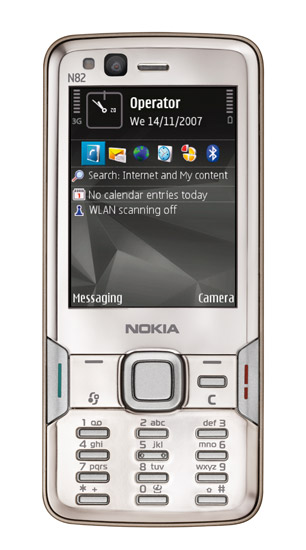
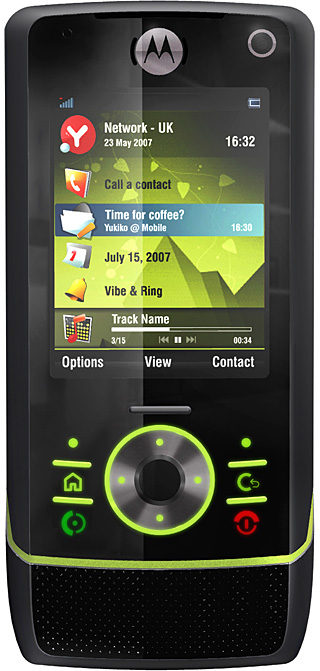
Compare the 'home screen' of these two phones - on the left is a Nokia N82 which uses Symbian Series 60 operating system with Feature Pack 1, on the right is a Motorola RIZR Z8 which uses Symbian UIQ version 3 operating system. Notice that the home screen is very similar between these competing phones and the difference is mainly the style and theme of the user interface.
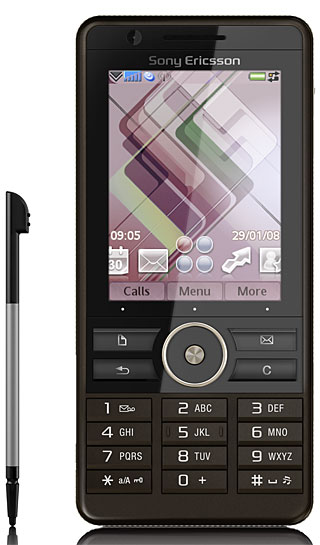
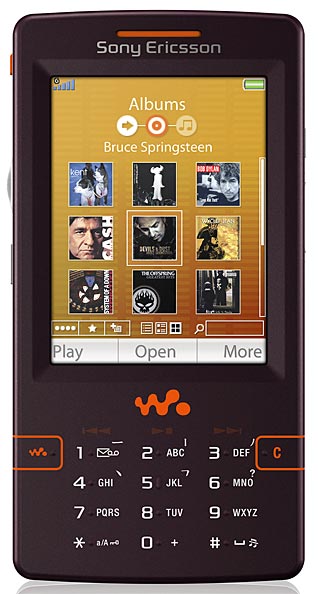
One of the existing features of UIQ's version of the Symbian operating system is the labels are presented for three 'soft keys'. Both the Sony-Ericsson G900 on the left and W950 Walkman phone on the right have this feature, which was not enabled by Nokia until the release of their Symbian OS - Series 60 Version 3 with Feature Pack 2 which is only used on a very small number of handsets such as the new Nokia N78 and N96. However, users can still use the middle key such as on their D-Pad or navigation control.
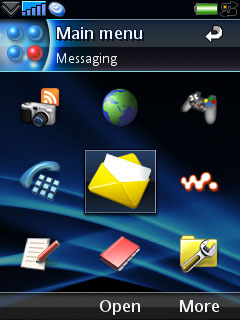
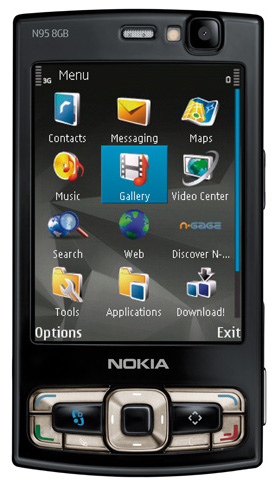
The Left screencap is from a Sony-Erricson 'Walkman' phone which uses Symbian-UIQ while on the right we have the popular Nokia N95-8GB handset which uses Symbian-Series 60 version 3. In concept the screens are the same because the underlying operating system is the same, but navigation varies. UIQ handsets typically use nine icons per screen with more/back navigation controls while Series 60 handsets now feature twelve icons per screen-full.
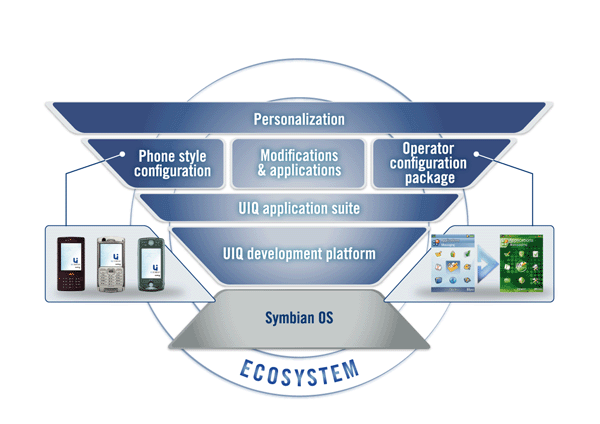
Further Reading
Symbian Foundation Web site http://www.symbianfoundation.org/
Symbian Foundation White-Paper http://www.symbianfoundation.org/files/WhitePaper.pdf
UIQ Technology - Phone lineup http://www.uiq.com/uiqphones.html